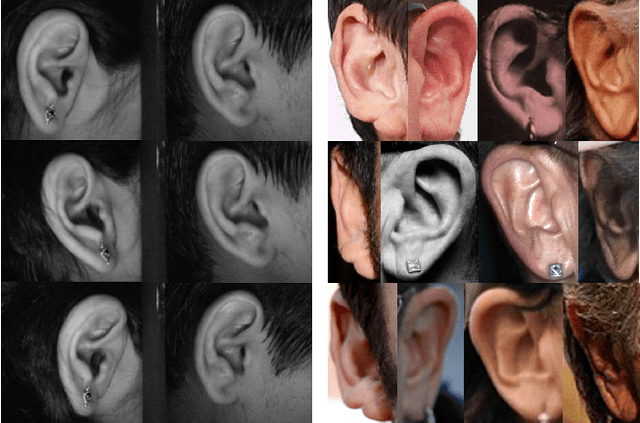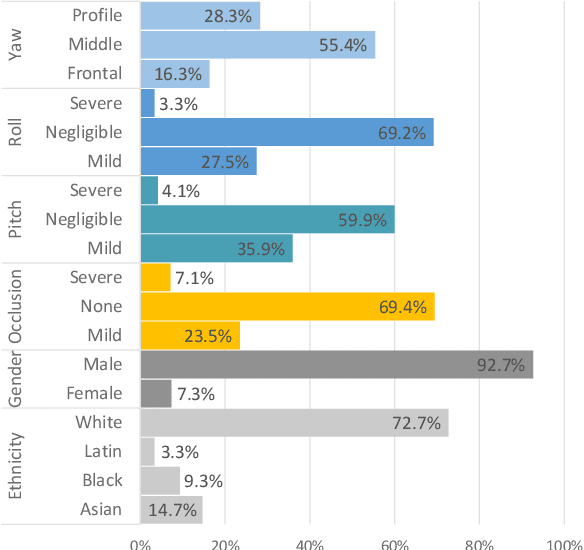B. S. Harish
The P-DESTRE: A Fully Annotated Dataset for Pedestrian Detection, Tracking, Re-Identification and Search from Aerial Devices
Apr 06, 2020



Abstract:Over the last decades, the world has been witnessing growing threats to the security in urban spaces, which has augmented the relevance given to visual surveillance solutions able to detect, track and identify persons of interest in crowds. In particular, unmanned aerial vehicles (UAVs) are a potential tool for this kind of analysis, as they provide a cheap way for data collection, cover large and difficult-to-reach areas, while reducing human staff demands. In this context, all the available datasets are exclusively suitable for the pedestrian re-identification problem, in which the multi-camera views per ID are taken on a single day, and allows the use of clothing appearance features for identification purposes. Accordingly, the main contributions of this paper are two-fold: 1) we announce the UAV-based P-DESTRE dataset, which is the first of its kind to provide consistent ID annotations across multiple days, making it suitable for the extremely challenging problem of person search, i.e., where no clothing information can be reliably used. Apart this feature, the P-DESTRE annotations enable the research on UAV-based pedestrian detection, tracking, re-identification and soft biometric solutions; and 2) we compare the results attained by state-of-the-art pedestrian detection, tracking, reidentification and search techniques in well-known surveillance datasets, to the effectiveness obtained by the same techniques in the P-DESTRE data. Such comparison enables to identify the most problematic data degradation factors of UAV-based data for each task, and can be used as baselines for subsequent advances in this kind of technology. The dataset and the full details of the empirical evaluation carried out are freely available at http://p-destre.di.ubi.pt/.
The Unconstrained Ear Recognition Challenge 2019 - ArXiv Version With Appendix
Mar 14, 2019



Abstract:This paper presents a summary of the 2019 Unconstrained Ear Recognition Challenge (UERC), the second in a series of group benchmarking efforts centered around the problem of person recognition from ear images captured in uncontrolled settings. The goal of the challenge is to assess the performance of existing ear recognition techniques on a challenging large-scale ear dataset and to analyze performance of the technology from various viewpoints, such as generalization abilities to unseen data characteristics, sensitivity to rotations, occlusions and image resolution and performance bias on sub-groups of subjects, selected based on demographic criteria, i.e. gender and ethnicity. Research groups from 12 institutions entered the competition and submitted a total of 13 recognition approaches ranging from descriptor-based methods to deep-learning models. The majority of submissions focused on ensemble based methods combining either representations from multiple deep models or hand-crafted with learned image descriptors. Our analysis shows that methods incorporating deep learning models clearly outperform techniques relying solely on hand-crafted descriptors, even though both groups of techniques exhibit similar behaviour when it comes to robustness to various covariates, such presence of occlusions, changes in (head) pose, or variability in image resolution. The results of the challenge also show that there has been considerable progress since the first UERC in 2017, but that there is still ample room for further research in this area.
 Add to Chrome
Add to Chrome Add to Firefox
Add to Firefox Add to Edge
Add to Edge